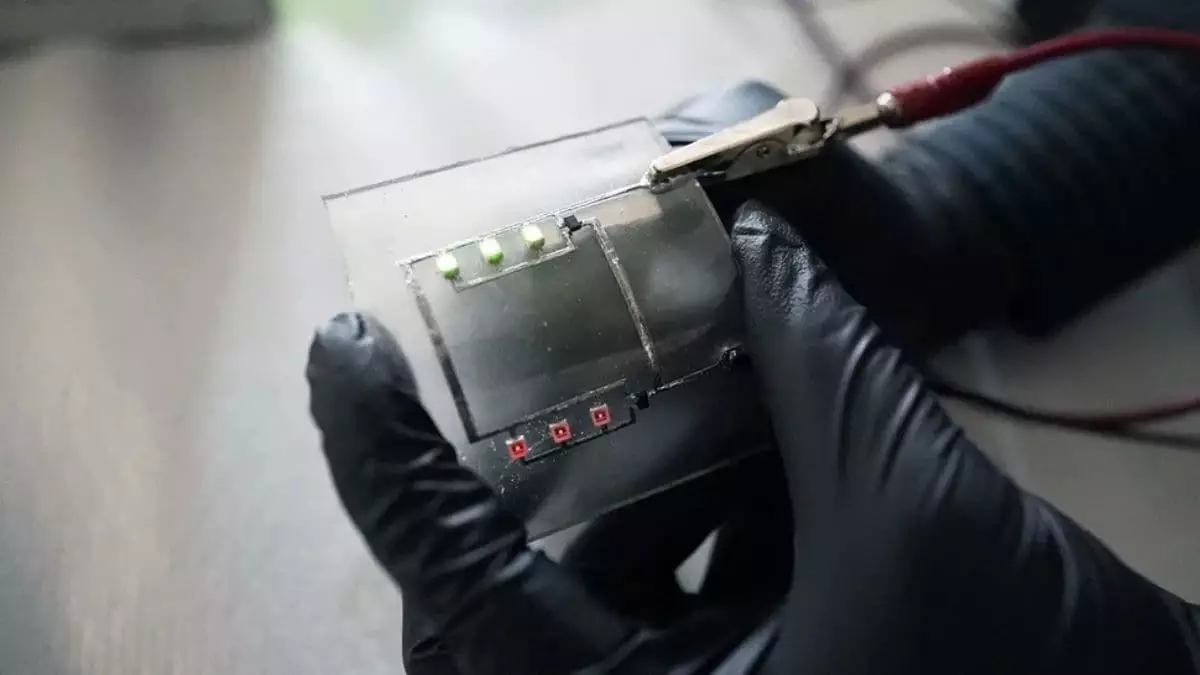In an era increasingly defined by electronic proliferation, the environmental toll of outdated, damaged, and discarded devices has escalated to alarming levels. The advent of self-healing circuit boards, infused with groundbreaking materials like vitrimer and liquid metal, represents a bold leap toward sustainability. Unlike traditional circuit boards that shatter or degrade irreparably with damage, these innovative creations promise durability and longevity—an enticing prospect for a planet burdened by toxic e-waste mountains. However, despite the tantalizing promise, a critical eye is essential to examine whether this technological marvel can truly address the pervasive environmental crisis or merely offer a surface-level solution.
Material Science Meets Environmental Urgency
At the core of this innovation lies vitrimer, a thermoset polymer with an uncanny ability to be remolded and repaired using heat. When combined with a slender 5% infusion of liquid metal droplets, the composite material transforms into a resilient and flexible conductor capable of bending, stretching, and recovering without loss of electrical functionality. This combination not only enhances the material’s mechanical stretchability but also enables the circuit boards to withstand significant physical stress. The scientists behind this development rightly underscore the environmental benefits—chiefly, the potential to dismantle and recycle outdated electronics efficiently.
Yet, the critics must question whether this approach will be enough to curb the relentless flow of electronic waste. Recycling is complex; certain metals remain challenging to recover entirely, and the production of these new materials may carry its own ecological footprint. Will these boards truly solve the deeper systemic issues—planned obsolescence, consumerism, and the fast-paced release cycles of tech giants? Or are they another Band-Aid on a much larger wound?
Potential Pitfalls and the Broader Impact
While the scientific progress is impressive, the road to widespread adoption is fraught with hurdles. Manufacturing costs, industrial scalability, and long-term durability in real-world conditions still need to be thoroughly evaluated. Moreover, the environmental advantages hinge on a comprehensive recycling infrastructure that can fully leverage the recyclability of vitrimer-based circuits. Without systemic change in electronics production and disposal practices, these self-healing boards risk becoming fashionable yet ultimately insufficient solutions.
In the grand scheme of environmental preservation, innovation must be paired with policy reforms, consumer awareness, and corporate responsibility. Such technology can be a catalyst—if it becomes part of a larger movement toward sustainable, circular economies. For now, the promise remains compelling but unproven at scale, leaving us cautiously optimistic but critically wary of overestimating its immediate impact. Ultimately, true progress demands more than technological ingenuity; it requires a fundamental shift in how society values and manages electronic resources.

